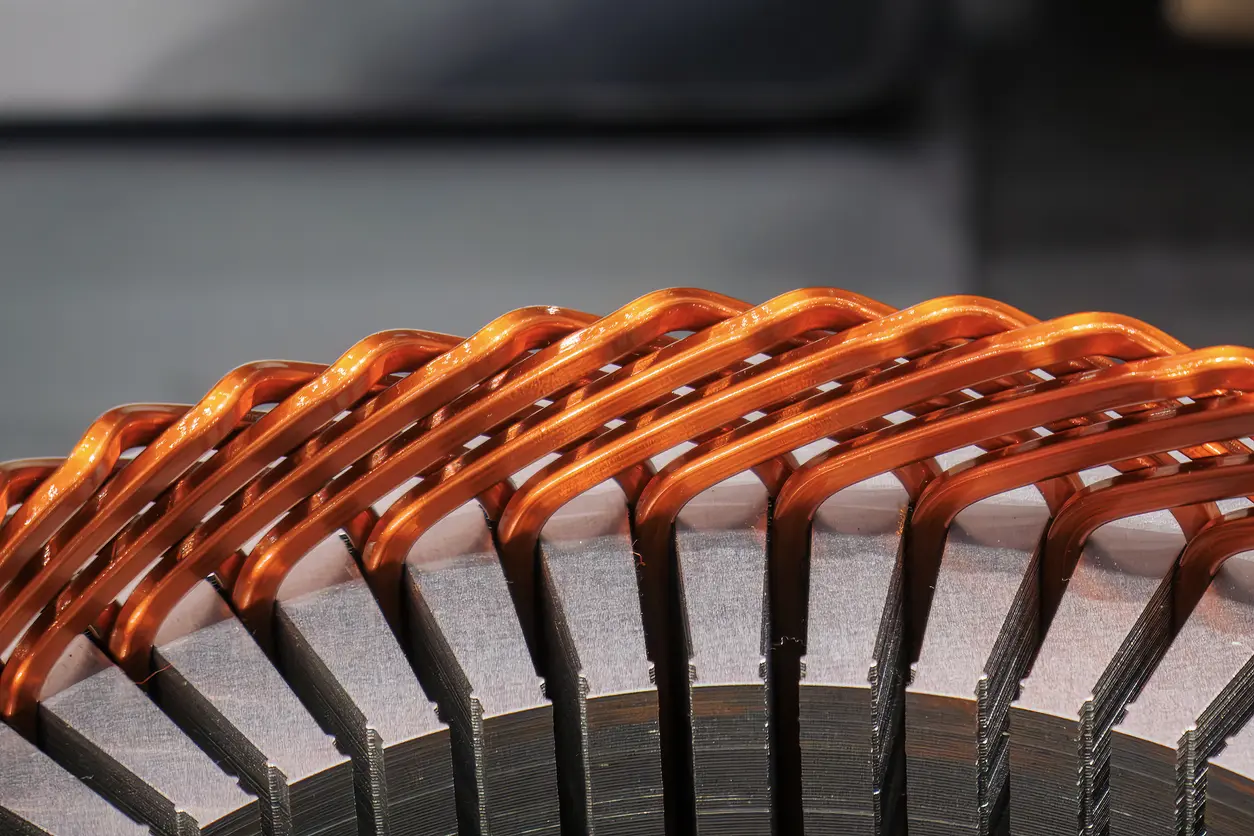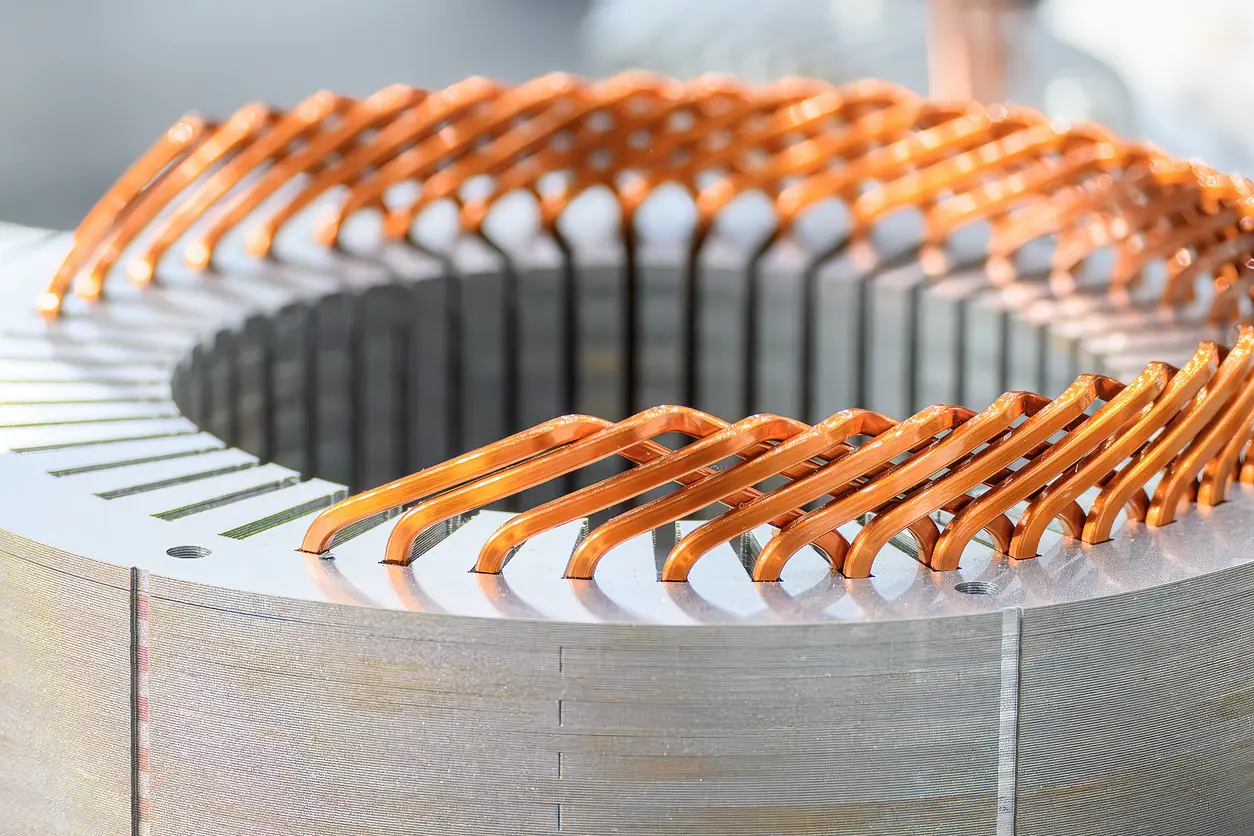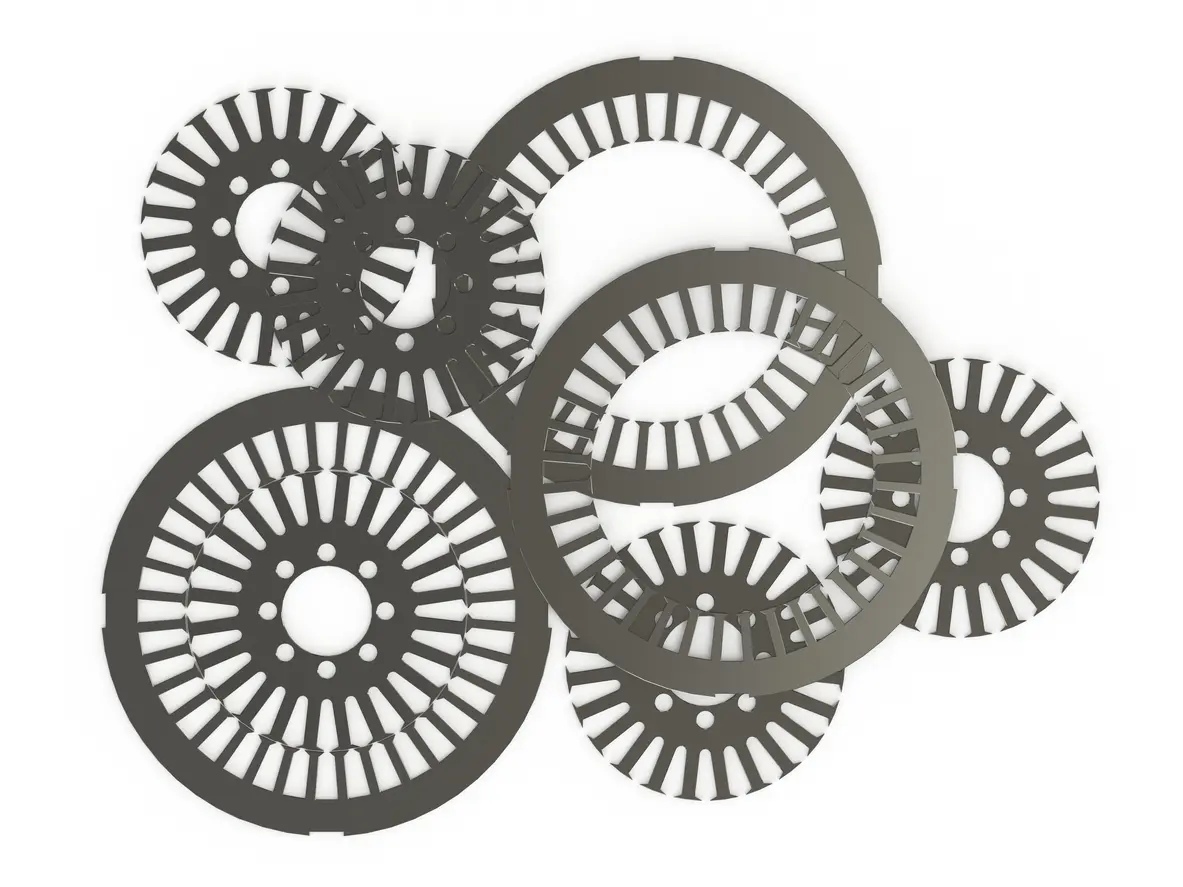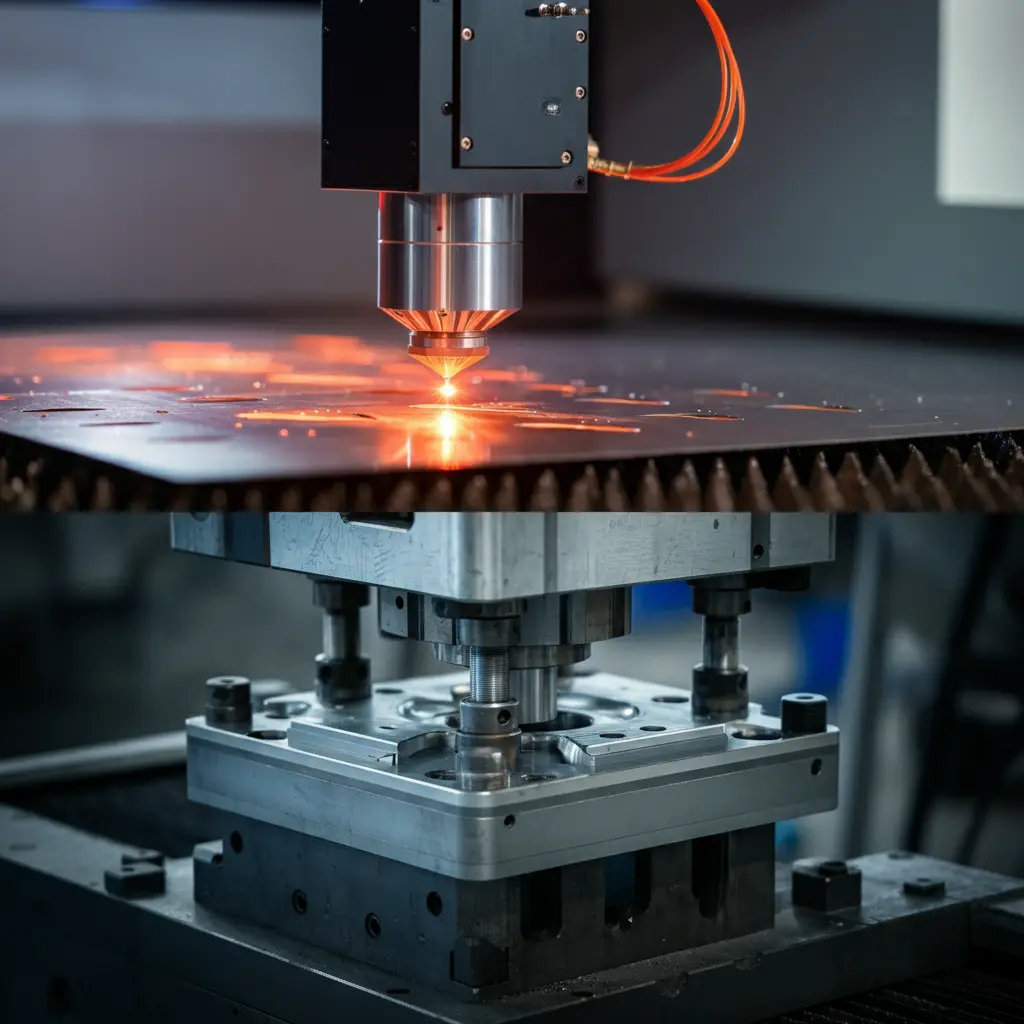1. Introduction to Electric Bus Motor Core
1.1 Why Focus on Durability?
An electric bus motor core is central to ensuring efficient and reliable performance, especially in heavy-duty transport operations. When designed for durability, it can help reduce maintenance frequency and minimize vehicle downtime. Many fleet operators consider this aspect vital because extended service life translates into lower total cost of ownership over time. By selecting high-quality materials and following optimized manufacturing processes, the electric bus motor core can maintain its structural and magnetic integrity under continuous usage. This reliability becomes even more critical for electric buses, which often face rigorous operating schedules and demanding road conditions. While no single solution fits all applications, experts generally agree that focusing on durability is one of the most effective ways to sustain performance in modern electric bus fleets.
1.2 Understanding “Electric Bus Motor Core”
The electric bus motor core typically includes laminated steel sheets that form the rotor and stator assemblies. These laminations are carefully stacked to guide magnetic flux efficiently, thus driving torque and overall motor performance. The rotor, usually positioned at the center of the assembly, rotates within the stator’s electromagnetic field to generate motion for the bus’s wheels. High-grade electrical steels are often used for these laminations because they help minimize energy losses and can endure thermal and mechanical stresses over extended operational periods.
For many manufacturers, the electric bus motor core’s design and construction directly influence efficiency, noise levels, and reliability. Although advanced software tools can assist in optimizing geometry and material selection, real-world testing remains essential for confirming that each core meets the specific demands of public transportation services. Recognizing how pivotal the motor core is for an electric bus underscores the need for conscientious engineering decisions. By understanding the interplay between materials, magnetic fields, and manufacturing methods, engineers and operators alike can ensure that electric bus motor cores not only meet but exceed the performance requirements of today’s evolving transportation landscape.

2. Secret #1: Premium Material Selection
2.1 Importance of High-Grade Electrical Steels
When aiming for a high-performance electric bus motor core, one of the most significant factors to consider is the choice of electrical steel. High-grade steels, particularly those containing optimized silicon content, help reduce core losses by minimizing hysteresis and eddy currents. This directly translates to better efficiency and lower operating temperatures, which, in turn, can extend the service life of the motor core. Since electric buses often run in demanding conditions—frequent start-stops, uphill routes, and extended operational hours—a motor core that can handle continuous loads without significant performance degradation is especially beneficial.
Moreover, premium electrical steels often exhibit better mechanical strength and corrosion resistance, contributing to the overall robustness of an electric bus motor core. While they may come at a slightly higher cost, the initial investment can be offset by lower energy consumption, reduced maintenance needs, and improved longevity. Careful selection of these materials, with a balance of properties suitable for high torque and efficient energy use, underpins the success of any electric bus drivetrain.
2.2 Grain Orientation and Thickness
Besides the chemical makeup of the steel, grain orientation and lamination thickness are vital considerations for an electric bus motor core. Grain-oriented steels can improve magnetic performance in specific directions, although this technology is often adapted for transformers or specialized motors. For bus applications, non-oriented electrical steels are more commonly used, ensuring uniform properties in all directions of the rotating field.
In addition, selecting the right thickness for each lamination can influence the core’s overall efficiency. Thinner laminations typically exhibit lower eddy current losses but may require more complex manufacturing processes. On the other hand, thicker laminations can be more cost-effective yet may result in slightly higher losses. The challenge is to balance these factors to ensure a reliable, efficient motor core that aligns with the real-world demands of public transport fleets.
3. Secret #2: Innovative Lamination Design
3.1 Optimal Lamination Geometry
In an electric bus motor core, the geometry of individual laminations can have a profound impact on overall performance. Carefully designed lamination shapes and slot arrangements help guide the magnetic flux more effectively, resulting in smoother torque delivery and potentially lower energy consumption. Additionally, a well-considered geometry can help manage heat distribution within the core, minimizing hot spots that may otherwise reduce efficiency or shorten the core’s lifespan.
In practice, achieving the ideal lamination geometry often involves balancing multiple parameters—such as the size and configuration of the rotor and stator slots—to reduce electromagnetic noise and vibration. Some experts suggest that these design optimizations may also mitigate torque ripple, leading to quieter operation and extending the life of bearings and other mechanical components. Nonetheless, the decision to adopt a particular geometry should typically be supported by data-driven simulations and real-world testing to ensure it aligns with each bus operator’s specific route demands and load profiles.
3.2 Precision Stamping and Cutting Techniques
Another key aspect of innovative lamination design involves the precision and accuracy of the stamping or cutting processes used to manufacture the electric bus motor core. Traditional mechanical stamping can be highly efficient for large production volumes, but the introduction of burrs or inconsistent tolerances may negatively affect the core’s magnetic properties. By contrast, laser cutting can offer superior precision with minimal edge defects, although it may carry a higher initial cost and slower production rates.
Achieving high-quality laminations often involves striking the right balance between cost, throughput, and performance requirements. Some manufacturers integrate advanced quality checks to detect and correct any anomalies in thickness or surface finish, contributing to better flux paths and enhanced durability. While it may require upfront investment in specialized equipment and rigorous process controls, precision lamination production remains a critical factor in creating a dependable, high-performing electric bus motor core.

4. Secret #3: Advanced Production and Assembly Methods
When it comes to building a robust electric bus motor core, advanced production and assembly methods significantly impact performance and reliability. By incorporating precise stacking techniques, effective heat treatments, and protective surface coatings, manufacturers can boost the motor core’s longevity and maintain efficient output. This attention to detail is particularly critical in public transportation, where continuous operation and heavier loads are the norm.
4.1 High-Quality Stacking Processes
One critical step is ensuring that laminations are stacked accurately and consistently. Gaps or misalignments between laminations can create unwanted air pockets, increasing eddy current losses and compromising overall efficiency. Precision stacking methods may include automated tooling systems with sensor feedback to correct alignment in real-time. While these techniques can raise production costs, they often yield better flux paths and reduce wear over the core’s operational life. Interlocking or dovetail-type designs may also improve structural stability, especially under fluctuating loads faced by electric buses.
4.2 Heat Treatment and Surface Coatings
Heat treatment processes like annealing can further enhance the mechanical and magnetic properties of the electric bus motor core. By carefully controlling temperature and cooling rates, manufacturers can relieve residual stresses introduced during the cutting or stamping stages. Coupled with appropriate surface coatings—such as varnish or specialized insulation—heat treatments help protect against corrosion and electrical breakdown. These measures preserve the integrity of the motor core, enabling it to endure the demanding conditions common in electric bus applications. Though they add extra steps to manufacturing, the benefit of extended core life and stable performance often outweighs the associated costs. Ultimately, thorough production and assembly methods form the backbone of a resilient, high-performing electric bus motor core.
5. Secret #4: Rigorous Testing and Quality Assurance
5.1 Benchmarking Durability
No matter how carefully an electric bus motor core is designed and manufactured, its true capabilities only become evident through extensive testing and quality assurance. A key objective is to verify that the core can withstand the continuous start-stop cycles, high torque demands, and thermal fluctuations often encountered in public transportation. To achieve this, many manufacturers adhere to well-established industry benchmarks and standards, ensuring that every motor core passes stringent durability criteria before it reaches the market.
Accelerated life testing is one common approach, subjecting an electric bus motor core to high temperatures, variable loads, and prolonged operational cycles in a controlled environment. By simulating years of use in a shorter time frame, engineers can identify potential failure points, refine design parameters, and make data-driven improvements. The ultimate goal is not necessarily to claim a flawless product but rather to ensure that any possible issues are detected and addressed early, minimizing real-world risks for bus operators.
5.2 Continuous Monitoring and Improvement
Even after a motor core enters production, reliable manufacturers often maintain continuous monitoring protocols. This may involve periodic sampling of finished cores to confirm they meet specific mechanical and electromagnetic properties. It can also include implementing detailed traceability systems that record material lots, heat treatments, and assembly parameters for each production run. Should any discrepancies arise, these records help manufacturers diagnose and correct potential problems swiftly.
Ultimately, a robust testing and quality assurance framework does more than instill confidence in an electric bus motor core; it drives ongoing product refinement. Regular communication with bus operators, alongside data gathered from field performance, offers valuable insights into how a motor core behaves under real operating conditions. By blending laboratory findings with real-world feedback, manufacturers can continue to optimize designs, production methods, and material choices—ensuring that future generations of electric bus motor cores remain reliable, efficient, and safe for public transport applications.
Further Reading:
https://www.sae.org/





